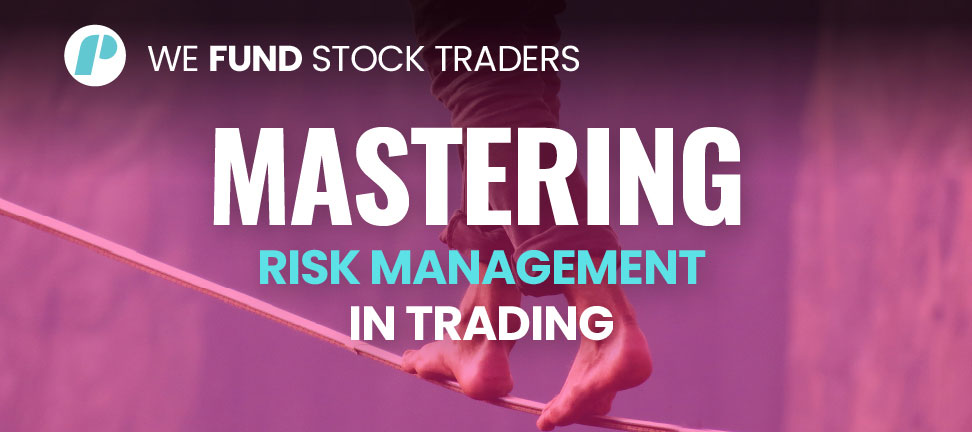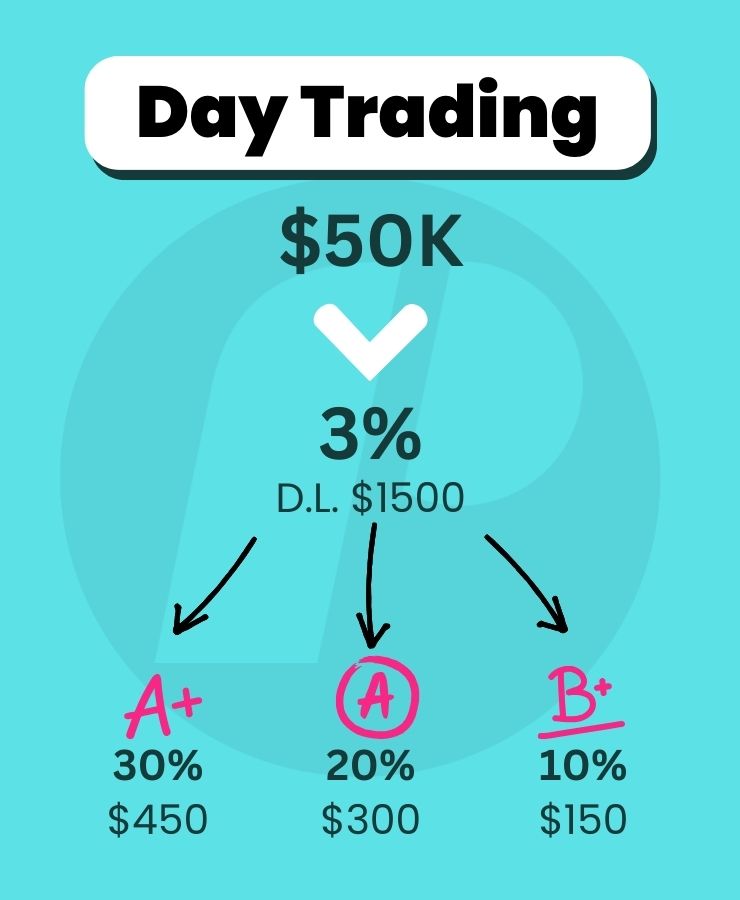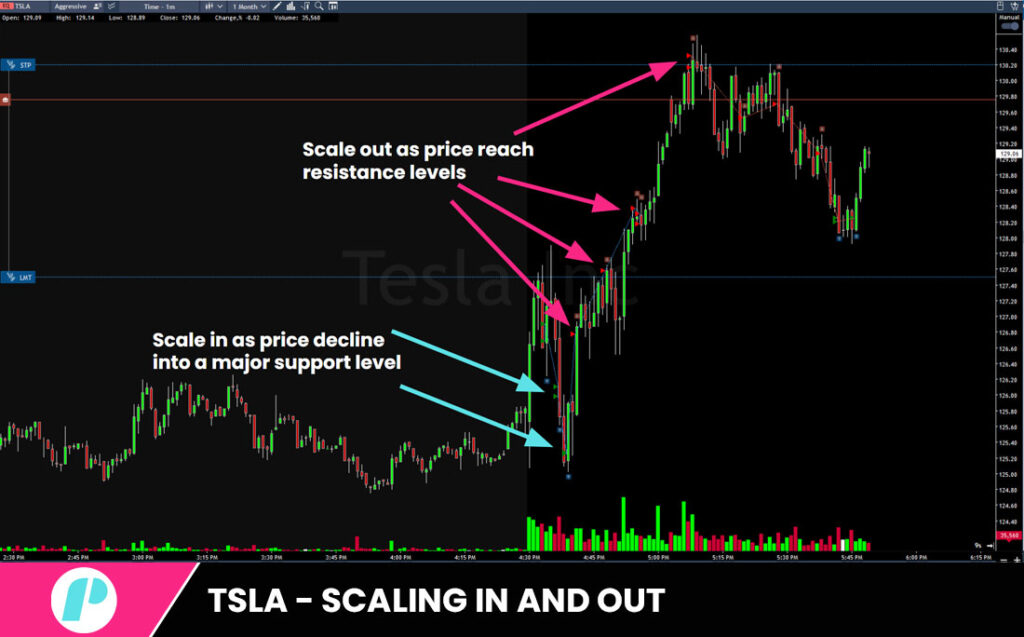
Insights from Michael Katz, CEO of Trade The Pool
Hey guys, I’m Michael Katz, and I’m here to share some valuable insights on a topic that’s absolutely notorious in the world of trading – risk management. I’ve spent the last 15 years perfecting my risk management strategies. I want to help you understand the crucial role risk management plays in trading, whether you’re just starting out or looking to fine-tune your approach.
Trading as a Business
Before we dive into the charts and discuss specific trades, let’s start by establishing a fundamental principle: trading is akin to running a business. Whether you’re a day trader, swing trader, or a long-term investor, you’re essentially building your own trading business. This business involves various forms of investment and, you guessed it, risk.
Think about it for a moment. When you set up your trading station, you invest in hardware, such as computers and screens, and you pay for an internet connection. These are essential tools for your trading business. But here’s the catch – if the market doesn’t yield returns, you’re risking your investment in these tools.
Furthermore, when you open a trading account, whether it’s worth $10,000, $50,000, or more, you’re committing capital to the markets. This capital is at risk the moment you make your first trade. Before you even click that mouse key to execute a trade, you must understand that you’re risking your money.
Determining Your Risk Tolerance
So, how do you embark on this trading journey with the right mindset? The key is to have an open and honest conversation with yourself, and possibly your spouse, about how much capital you’re willing to invest and, more importantly, how much of it you’re willing to lose.
Let’s say you open an account with $50,000. At what point would you decide that trading might not be for you? When you’ve lost $20,000, $30,000, or $40,000? Knowing your risk tolerance is critical, and it’s a decision you must make before you even make your first trade.
Losses are an integral part of trading; it’s just how the game works. But with the right mentality and preparation, you can better cope with these inevitable losses. The goal is to make more money than you lose, but you must accept that losing is part of the process.
Applying Risk Management Strategies
Now, let’s shift our focus to how you can apply risk management strategies in your day-to-day trading. I’ve developed and refined these strategies over the years, and they form the backbone of our approach at Trade The Pool.
Day Trading, Swing Trading, and Long-Term Investment
First, it’s important to recognize that risk management strategies may vary depending on your trading style. There are three primary trading styles: day trading, swing trading, and long-term investment.
- Day Trading: In day trading, you open and close positions within the same trading day. To apply risk management here, we allocate a daily loss budget. Let’s say you’ve opened an account with $50,000. Out of this, you might decide to risk 3% per day, which amounts to $1,500. This daily loss limit sets the stage for how much you can risk on each trade.
- Swing Trading: Swing trading involves holding positions for a few weeks to a few months. Your risk management approach should be similar but adjusted for a longer timeframe.
- Long-Term Investment: For long-term investments that extend beyond a year, the risk management process is also relevant. You should decide how much you’re willing to lose over the course of a quarter, half a year, or longer and allocate your risk accordingly.
The key is to divide your allocated risk into chunks that you can apply to individual trades.
Allocating Risk to Trades
To apply risk management effectively, you’ll need to determine how much of your daily or long-term loss budget you’re willing to risk on a specific trade. I like to use a scale based on the quality of the setup.

- A+ Setup: When you’re presented with an exceptional trade setup, where all the stars align, you might decide to risk 30% of your daily loss budget. For instance, if you’ve allocated $1,500 for daily losses, you could risk $450 on an A+ setup.
- B+ Setup: In situations where your confidence in the trade is slightly lower, you can reduce your risk. You might opt to risk 10% of your daily loss budget, or $150 in this example.
- Fills and Testing: Sometimes, you’ll enter trades where you’re not entirely sure of the outcome. These can be considered as fills or test trades. In such cases, you might only risk a small portion of your daily loss budget to gauge the market’s response.
Managing Trades
While risk management is crucial, it’s equally important to understand how to manage your trades effectively. This is where you can significantly impact your success as a trader.
For example, you might start a trade by entering a position and then add to it as the trade develops in your favor. However, it’s essential to be strategic about your entries and exits, considering factors such as support and resistance levels and historical data.
In some cases, it may be prudent to take partial profits along the way, especially if the trade is moving in your favor. This can help you secure gains and reduce overall risk.
Progress and Adjustments
As you gain experience and build confidence in your trading abilities, you can consider making adjustments to your risk management approach. If you notice consistent progress and profitability, you might feel comfortable increasing the amount you’re willing to risk per trade or per day.
Remember that risk management is a dynamic process. You can adapt and fine-tune your approach as you gain experience and understanding of the markets.
Risk Management – Conclusion
In conclusion, risk management is a cornerstone of successful trading. It’s the key to ensuring you can weather the inevitable losses and emerge as a profitable trader. Whether you’re a day trader, swing trader, or long-term investor, the principles of risk management apply to all.
So, before you start clicking those mouse keys to make money, sit down, determine your risk tolerance, and allocate your risk according to the quality of each trade setup. Manage your trades effectively and be open to adjusting your approach as you progress in your trading journey.
I hope these insights help you on your path to becoming a successful trader. If you have any questions or want to delve deeper into risk management strategies, feel free to reach out. Trading can be a challenging endeavor, but with the right risk management techniques, you can increase your odds of success.
Remember, trading is not about avoiding losses entirely; it’s about ensuring that your wins outweigh your losses in the end. Good luck, and may your trading journey be a profitable one!
If you liked this post make sure to share it!








